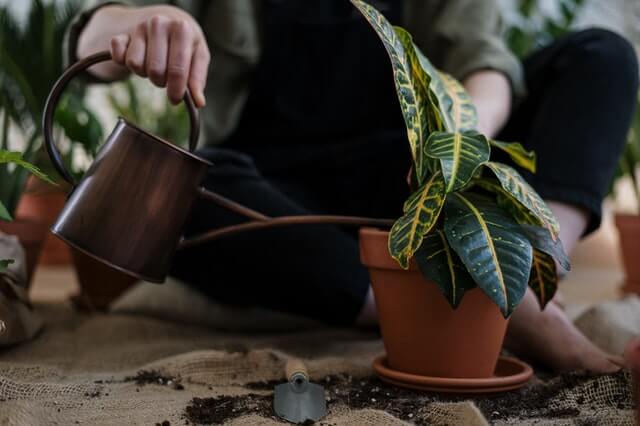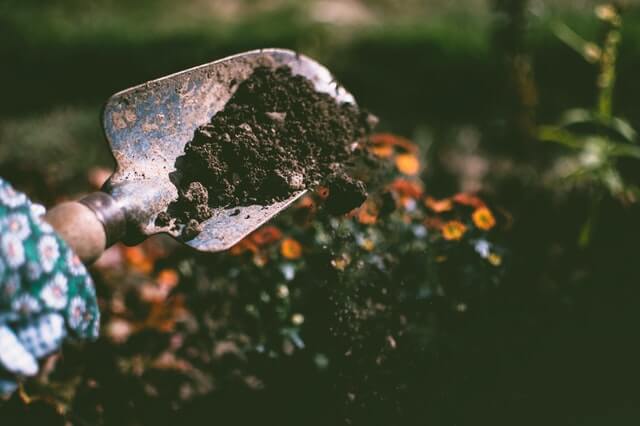Dandelion
Nutritious Perennial with Culinary and Medicinal Benefits
Nutritional, Culinary & Medicinal Uses
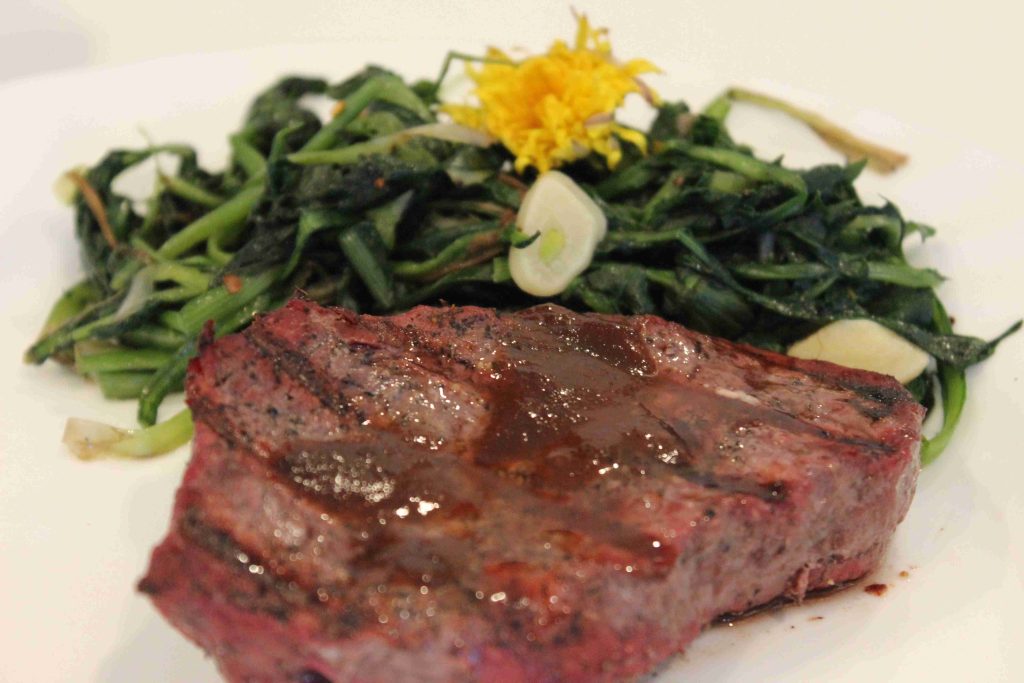
Culinary Uses: One can roast these at 200 F for 4 hours ground, and then use them as a coffee substitute. They could be sautéed in oil with garlic as we did with our harvest. First, we removed the roots and set them aside, as well as the flowers. We washed the leaves and stems. Once the stems and leaves were chopped up into bite-sized pieces, then they were boiled for five minutes to remove bitterness. They were then sautéed for 3-4 minutes with olive oil and sliced garlic. The flowers (unboiled) were added during the last minute of the sautée. One could make dandelion honey with the flowers or put them over pancakes. Dandelion Jelly recipe is also linked in one of the articles below. One can also make dandelion tea [3].
Nutritional Uses: Dandelion contains Vitamins A, B, C, and D. This is in addition to iron, potassium, and zinc. It can help alleviate ailments in the liver and gallbladder [4].
Medicinal Uses: Dandelion has been found to have the potential to improve liver health [5]. Further, it may aid in inhibiting atherosclerosis and vascular inflammation [6]. This may also reduce blood sugar levels though its secretion of insulin [7]
How to Cultivate and Harvest
Planting: Generally speaking, there are two ways to go about obtaining fresh dandelion. One way involves merely stepping outside and harvesting one of the many that crowd into one’s yard in spring (see “Harvesting”). The other way is to cultivate them. Start the seeds indoors 4-6 weeks before the end of the frost. Plant the seeds in at least 6 inches of moist potting soil 1½ inches apart. Move them outside once the soil temperature is at least 50 degrees F. One can also plant outside 6-12 inches apart at that time. The soil ought to be slightly acidic (6.2-6.8 pH). They do well in wet or compact soils and can withstand short-term drought, though the taste of their leaves is affected. Grow in full sun or partial shade. Maintain even moisture [2].
Harvesting:Harvest the flowers before they seed. Harvest the leaves when they are young and light colored. As for roots, wait until the plant is two years old before harvesting them [2].
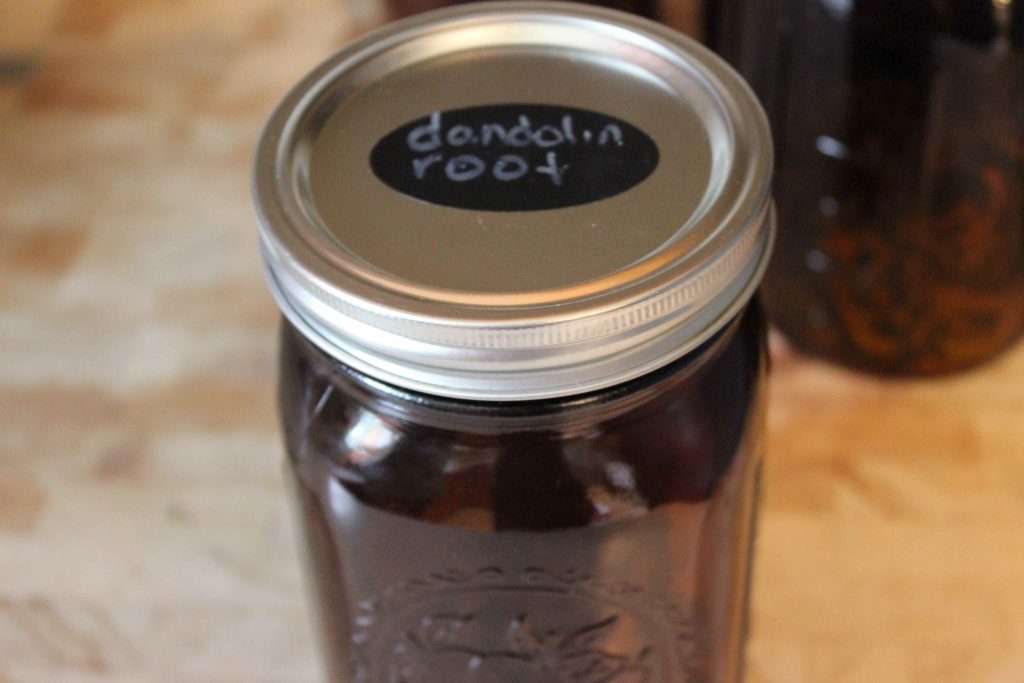
Preservation
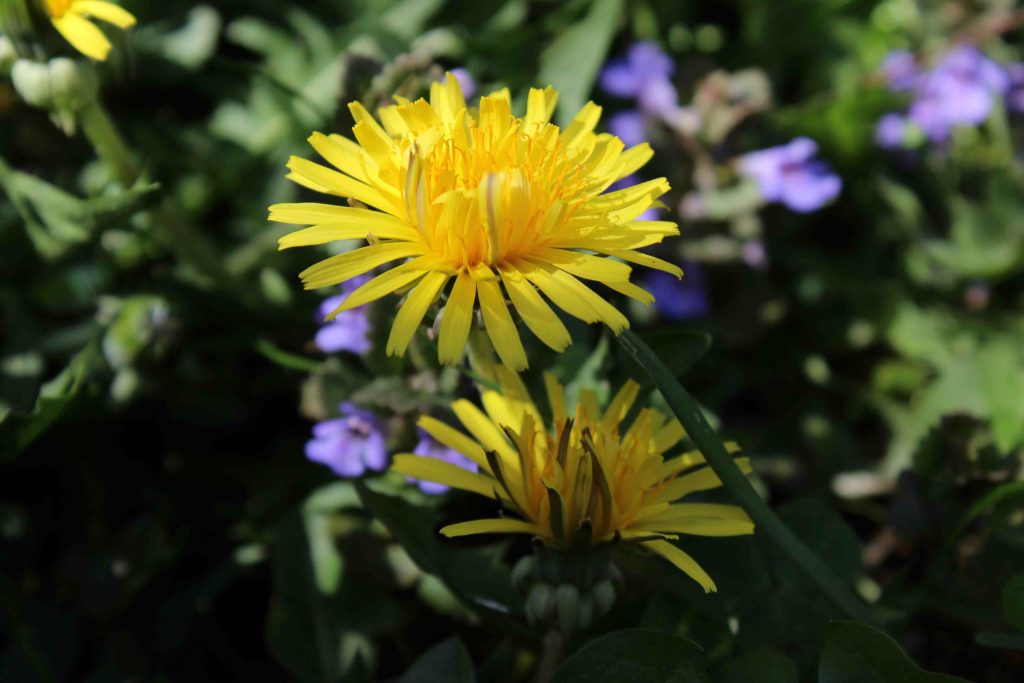
You can dehydrate the leaves at 95 F or hang them upside down in a cool, dry, airy place. Cut the roots into two to one inch sections and dry using one of the two methods mentioned above; we used a dehydrator [3].



History
Dandelion is a plant native to Asia (especially China and India) and Europe. It has been introduced into the American continent from England. Dandelions were recorded in the tenth and eleventh centuries as being cultivated for tonics, culinary use, and in treating various illnesses. It was valued as agricultural yield. [1]
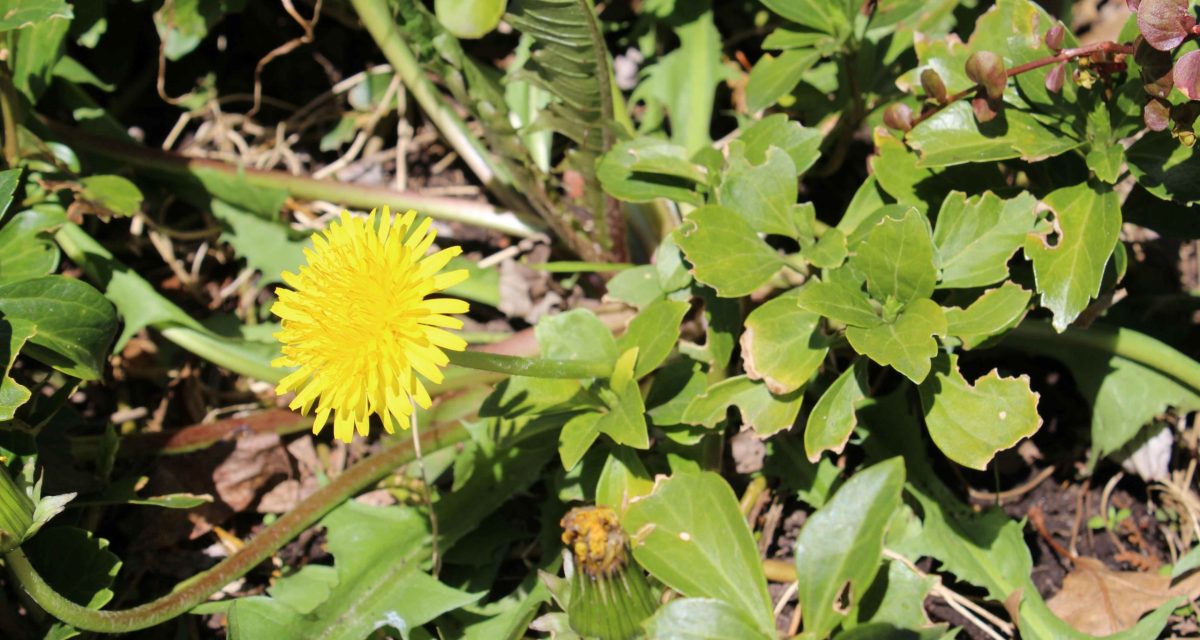
References
1. “Dandy Blend” Author. “History of Dandelion Root.” Dandy Blend, https://dandyblend.com/history-of-dandelion-root/
2. Dekker, Sylvia. “How to Grow and Harvest Dandelions for Greens, Roots, and Flowers”. Gardener’s Path, https://gardenerspath.com/plants/flowers/grow-dandelion/
3. Catherine Boeckmann, “Dandelion Recipes: A Nutritious, Delicious, Edible Weed”. Almanac, Yankee Publishing Co., https://www.almanac.com/dandelion-recipes-wonderful-edible-weed
4. “Dandelion.” Mt. Sinai Hospital, Icahn School of Medicine at Mount Sinai, https://www.mountsinai.org/health-library/herb/dandelion
5. Pfingstgraf, Iulia Olimpia, et al. “Protective Effects of Taraxacum officinale L. (Dandelion) Root Extract in Experimental Acute on Chronic Liver Failure”. Antioxidants, https://www.mdpi.com/2076-3921/10/4/504
6. Daun, Jeon, et al. “Anti-inflammatory evaluation of the methanolic extract of Taraxacum officinale in LPS-stimulated human umbilical vein endothelial cells,” BMC Complementary Medicine and Therapies, https://bmccomplementmedtherapies.biomedcentral.com/articles/10.1186/s12906-017-2022-7
7. Ferrare, Karine, et al. “Increase in insulin sensitivity by the association of chicoric acid and chlorogenic acid contained in a natural chicoric acid extract (NCRAE) of chicory (Cichorium intybus L.) for an antidiabetic effect”. Journal of Ethnopharmacology, https://www.sciencedirect.com/science/article/abs/pii/S0378874117332427?via%3Dihub
Why Choose Us
Let us now emphasize on the main benefits that customers will get by your company.
Fastest Work
An attractive line about the heading above.
High Skill
An attractive line about the heading above.
Clean Work
An attractive line about the heading above.
Proper Take Care
An attractive line about the heading above.
Let's Bring Nature Into Your Lovely House
Use these paragraphs to focus on the topic in the headline. Make sure you keep it short and attractive.
